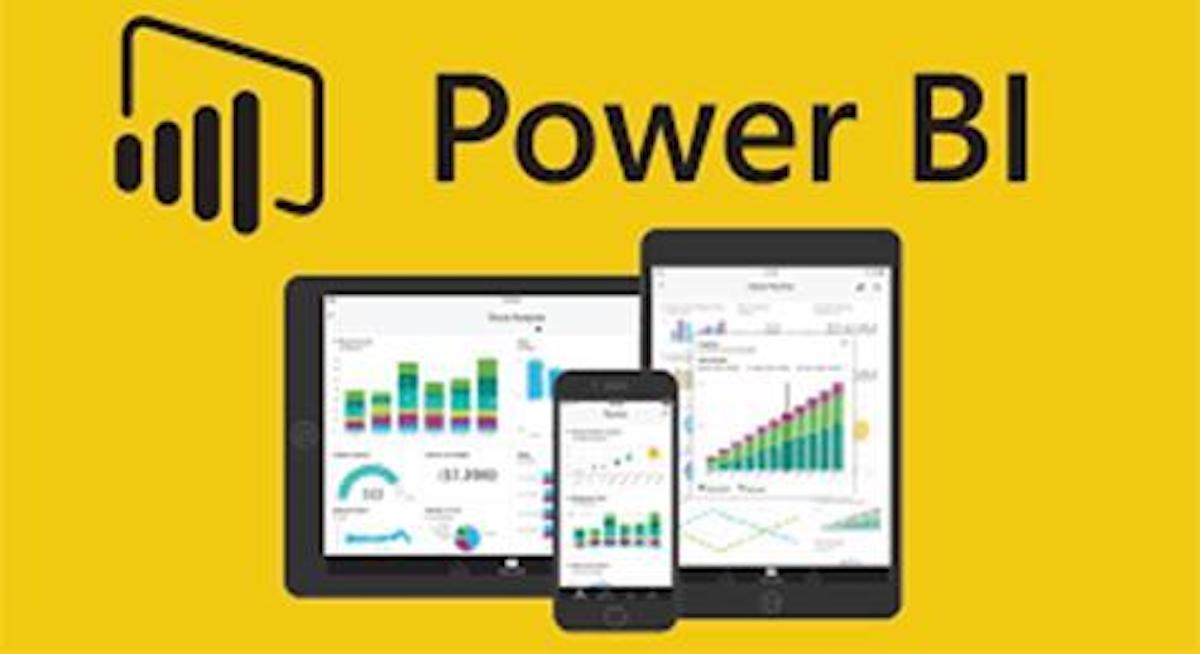Table of Contents
Businesses are always looking for new ways to use the enormous volumes of information at their disposal to their advantage. Business intelligence (BI) is a critical component of this process because it gives organizations the ability to turn non actionable data into valuable insights. Power BI, a business analytics solution created by Microsoft, is one potent technology that has completely changed the BI environment.
Power BI has been a game-changer for companies looking to realize the full potential of their data because of its intuitive user interface, sophisticated functionality, and seamless connectivity with other Microsoft products. We will examine the many facets of Microsoft Power BI in this post and examine how it has altered how organizations understand and analyze data to promote company success.
Understanding Business Intelligence
Prior to delving into the nuances of Power BI, it is crucial to understand business intelligence as a whole. Business intelligence is the process of gathering, analyzing, and interpreting data to provide insightful findings that inform organizational strategy. This procedure used to entail manual data extraction, processing, and analysis, which frequently required a substantial amount of time and resources. However, the development of sophisticated tools like Power BI writes back that automate and simplify these processes and enable quicker and
more accurate decision-making has been made necessary by the advent of technology and the exponential expansion of data.
The Power of Power BI
At its heart, Power BI is a set of business analytics tools that let users connect to a variety of data sources, turn unstructured data into insightful visualizations, and easily and interactively share insights throughout the organization. Power BI’s capability to connect to a variety of data sources, including on-premises databases, cloud services, and even web-based sources, consolidates data from diverse systems into a single coherent view. This is one of its primary features. Because of its flexibility, firms may use data from many platforms and apps, breaking down data silos and offering an all-encompassing approach to data analysis.
Intuitive and Interactive Data Visualization
Power BI’s ability for easy and interactive data visualization is one of its distinguishing features. Users may convert raw data into aesthetically pleasing and simple to comprehend formats by using a broad variety of visualizations, including charts, graphs, maps, and tables. Even non-technical users may easily construct dynamic visualizations thanks to the drag-and-drop interface, which facilitates data exploration and reveals hidden patterns or trends. Additionally, Power BI provides customers with interactive dashboards and reports that let them drill down into certain data points or filter information based on business needs, allowing them to get deeper insights and make better decisions.
Advanced Analytics and Machine Learning
Power BI offers extensive analytics tools in addition to its data visualization features that let users do intricate computations, statistical analysis, and predictive modelling. Businesses can apply machine learning algorithms to their data and unleash the potential of predictive analytics by taking advantage of potential BI’s integration with Microsoft Azure Machine Learning. Organizations may produce forecasts, spot patterns, and develop data-driven predictions that inform strategic planning and reduce risks by using historical data and algorithms. Power BI’s integration of sophisticated analytics and machine learning enables companies to go beyond descriptive analysis and adopt a more proactive and forward-looking decision-making strategy.
Seamless Integration with Microsoft Ecosystem
Power BI’s seamless connection with the larger Microsoft ecosystem, which includes well-known products like Excel, SharePoint, and Teams, is one of its primary features. By using their current routines and investments, consumers are able to avoid a high learning curve and disruptive transitions. Users may quickly import data from Excel spreadsheets into Power BI, produce dynamic reports, and share insights using Teams or SharePoint, promoting collaboration and knowledge sharing throughout the company. By ensuring a unified and integrated experience across several Microsoft products, this integration makes Power BI a logical extension of current processes and improves productivity.
Real-Time Data Monitoring and Alerts
Today, rapid notifications and real-time data monitoring are essential for making decisions quickly. With Power BI, you can connect to real-time data sources and build dashboards that provide you with the most recent information on important performance indicators and KPIs. Users may use DirectQuery to obtain real-time data from a variety of sources, including databases, streaming platforms, or web services, or they can set up data refresh schedules. Additionally, users of Power BI may create alerts based on established thresholds or circumstances, which will send out messages when specific metrics violate the predefined bounds. This feature makes it possible to proactively monitor business processes and gives stakeholders the authority to intervene right away when required.
Cloud-Based Collaboration and Sharing
Power BI has adopted a cloud-first strategy and is now delivering extensive collaboration and sharing features in response to the rising popularity of cloud computing. Users may publish and share dashboards, reports, and datasets with coworkers and stakeholders both inside and outside the company using Power BI’s cloud-based service. Teamwork is cultivated and a shared knowledge of the data is made possible by the ability to participate in real-time, provide comments, and mark particular data points. Furthermore, Power BI’s security and governance capabilities guarantee that data is kept safe and available only to authorized users, giving organizations peace of mind that their sensitive data is protected.
Scalability and Cost Efficiency
Any BI solution must take scalability into account, and Power BI does it exceptionally well. Power BI reduces the need for businesses to spend money on pricey infrastructure or hardware updates because it is a cloud-based solution. Because the platform is scalable, organizations may start small and increase use as their data needs increase. With Power BI, businesses can support high-performance analytics, thousands of users, and enormous datasets all without worrying about infrastructure constraints. Because of its flexibility and subscription-based pricing structure, Power BI is a cost-effective option for companies of all sizes and provides a high return on investment.

Mobile Business Intelligence
In an increasingly mobile-centric world, the ability to access critical business insights on the go is invaluable. Power BI addresses this need with its robust mobile app for iOS and Android devices. The Power BI mobile app provides a seamless and optimized experience for viewing dashboards, exploring reports, and interacting with data from smartphones or tablets. Users can stay connected to their business metrics, receive notifications, and make informed decisions anytime, anywhere. The mobile app’s responsive design ensures that visualizations adapt to different screen sizes, providing an intuitive and user-friendly experience for mobile business intelligence.
Conclusion
Business intelligence tool Power BI has emerged as a game-changer, enabling organizations to turn raw data into useful insights. Power BI offers a complete solution for organizations looking to exploit their data efficiently thanks to its easy data visualization features, extensive analytics functionality, seamless connection with the Microsoft ecosystem, real-time monitoring, and mobile accessibility. Power BI revolutionizes how organizations approach decision-making by giving users the tools to analyze, interpret, and share data in a user-friendly and collaborative environment. This enables them to drive growth, improve operational efficiency, and stay ahead of the competition in today’s data-driven world.
Power BI is transforming the way businesses handle data, turning raw information into actionable insights. To fully leverage the capabilities of this powerful tool, enrolling in Power BI courses is highly beneficial. These courses provide comprehensive training on data visualization, report creation, and advanced analytics, enabling users to maximize the potential of Power BI in driving business intelligence and decision-making processes


